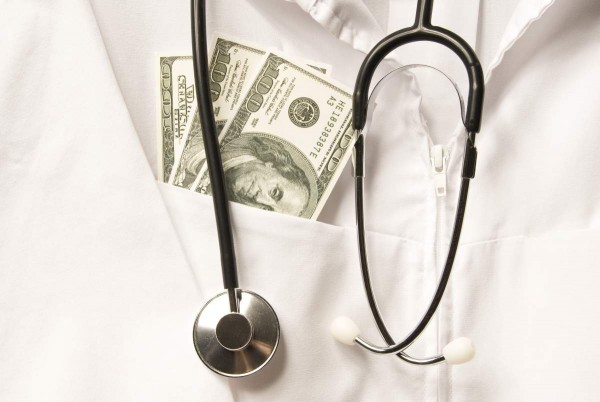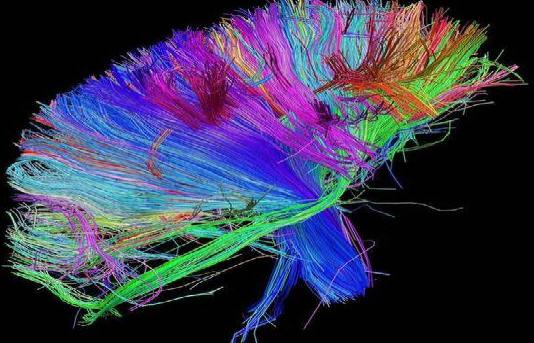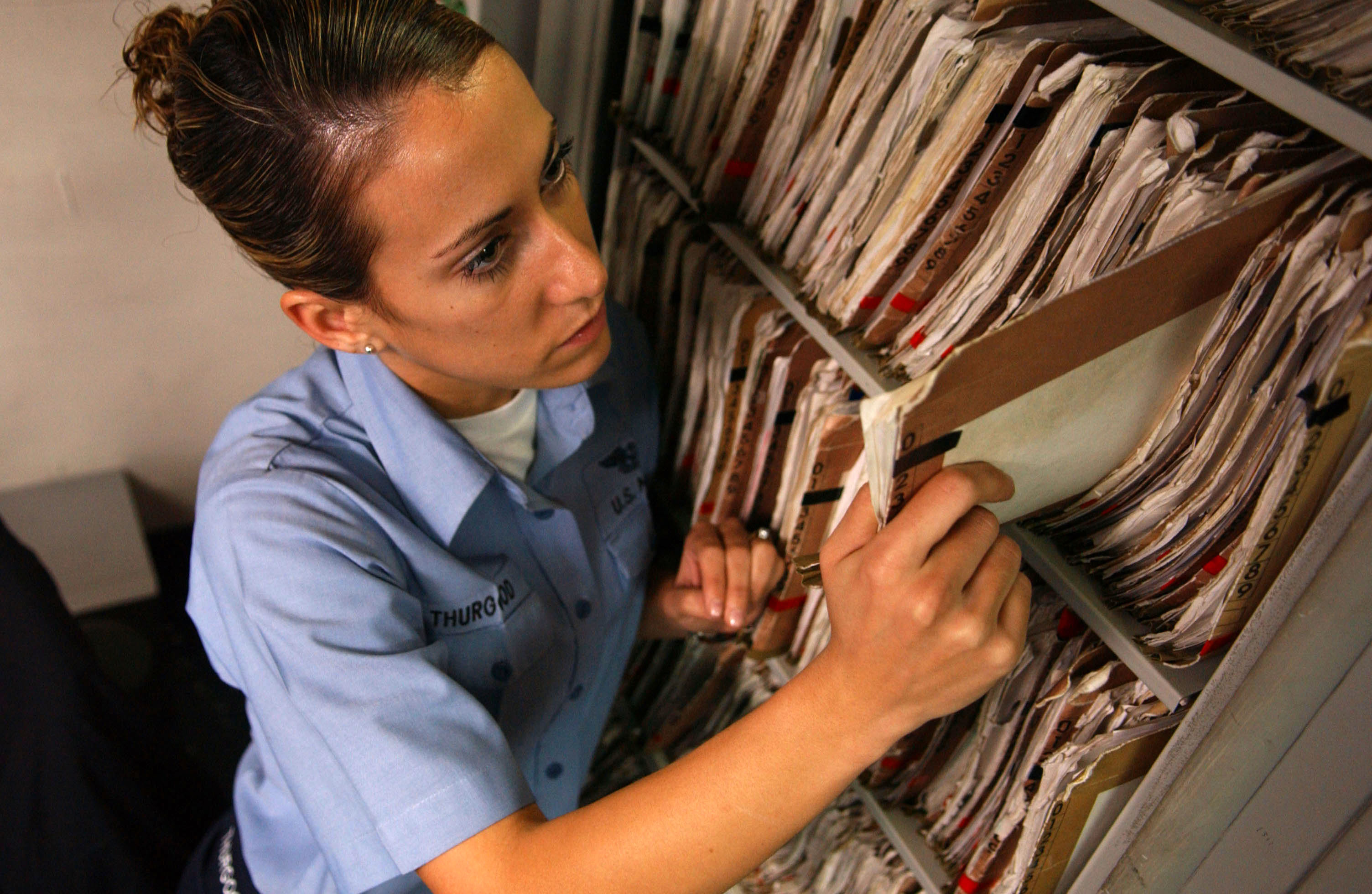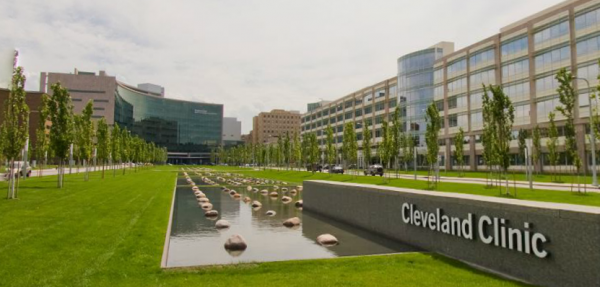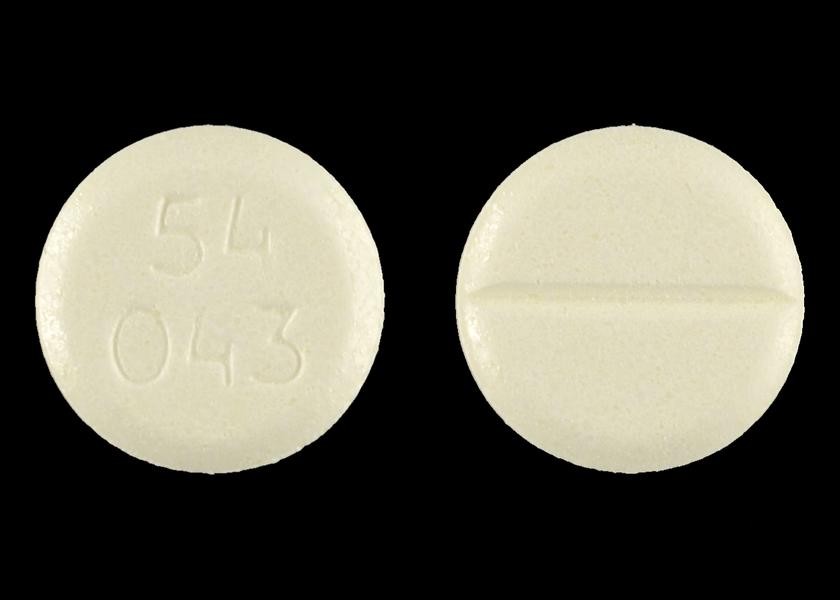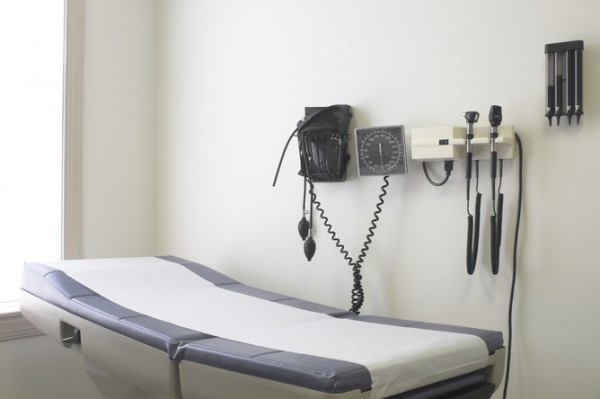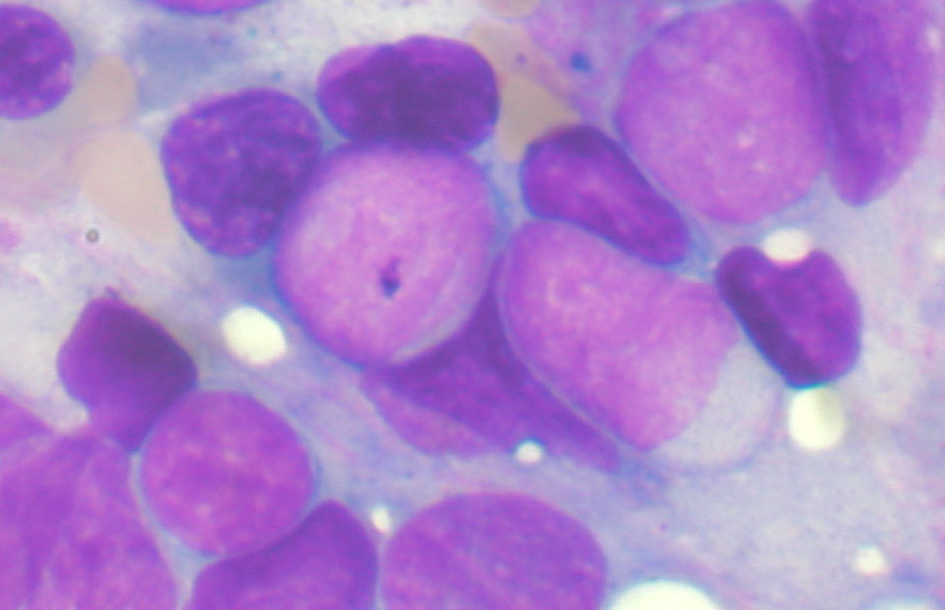As Florida lawmakers far away in the state capital struggle to break their stalemate over Medicaid expansion, Cynthia Louis sees the bus bench advertising “Obamacare” near her Miami home as a reminder of a broken promise: that the Affordable Care Act would help her get the medical care she needs to return to work.
Louis, 57, has been unemployed since fall of 2013. Before then, the mother of three worked for Burger King for nearly 25 years, preparing and serving breakfast and lunch to Miami customers.

“Work is fun if you like the job,’’ Louis said, recalling years-long friendships with co-workers and customers. “And my job, I loved it.”
When she fell ill at the store on Biscayne Boulevard and Northeast 91st Street in Miami Shores, vomiting and unable to stand from the pain in her legs, Louis could not return to work, losing her job — and her best chance at getting health insurance.
Since then, Louis has learned what it’s like to depend on the healthcare safety net in Miami-Dade County, the one that’s supposed to catch residents before they hit bottom.
Although at times in the past she had been covered by private insurance through her employer, she no longer had that option. And she discovered that while more than 1.5 million Floridians now have insurance through the Affordable Care Act, she falls into a category of healthcare have-nots called the coverage gap.
Too poor to qualify for financial aid to make insurance more affordable under the health law commonly known as Obamacare, Louis and some 850,000 Florida residents were supposed to have been covered under Medicaid — if the state had chosen to expand the program as provided under the ACA.
But legislators in Florida, like those in 21 other states, have chosen to keep Medicaid open only to strict categories: poor children, and adults who are disabled, pregnant or parents with dependents earning no more than $5,500 a year for a household of two.
For Louis, life in the gap means any healthcare she gets will be up to her. And that means the safety net: free clinics, community health centers and public hospitals.
In the year-and-a-half since she lost her job, Louis has found she can usually get in to see a family doctor within weeks of seeking an appointment. And she qualifies for discounts on doctor’s visits, medical tests and prescription drugs through a charity care program at Jackson Health System, Miami-Dade’s public hospital.
But with no income, discounted care often means deferred or neglected care.
In mid-March, Louis learned first-hand the value — and the problems — of the safety net.
A viral infection had settled in her lungs. She wanted to visit her family doctor at the Jessie Trice Community Health Center in Brownsville. But she didn’t have $25 for the co-payment, and instead turned to a free clinic run by Florida International University’s Herbert Wertheim College of Medicine as part of the NeighborhoodHELP program.
The program offers low-income Miami-Dade residents free visits with a family doctor aboard a mobile clinic, along with counseling from a psychiatrist and other social services in exchange for patients’ allowing students to work with them.
The mobile clinic, a blue bus with the FIU logo on it, stops every Tuesday in the parking lot of the Pentecostal Tabernacle Church in Miami Gardens, an area of Miami-Dade with a high rate of uninsured residents.
Inside one of the narrow clinic’s two exam rooms last month, Louis met with Fred Anderson, a family physician and FIU assistant professor who helps run the fleet of three mobile clinics.
Anderson, who has been seeing Louis for about a year, asked if she had yet to get the X-rays of her hips and hands ordered by doctors during previous visits.
“Not yet,’’ Louis said.
Her X-ray referral, she said, had been sent to an imaging center in Coral Gables that charged twice the amount it would cost at Jackson Memorial Hospital — $40 — with her charity care card.
Louis said she had been calling the imaging center every day to have her referral forwarded to Jackson, and she had yet to hear back.
But the referral wasn’t her only obstacle. Louis also did not have the money for the co-payment because, she said, she often must choose between paying for her healthcare and buying soap and deodorant.
Without the X-rays, Anderson was unable to work on Louis’ chronic pain. He prescribed her an antibiotic for the viral infection, telling her she can get a two-week supply for free at a local supermarket. He also has prescribed anti-inflammatories for her pain. But he wants her to see a specialist, a rheumatologist, which means another co-pay she probably can’t afford.
“I would love to have all the X-rays,’’ Anderson said. “That would probably shed a little more light on what’s going on with her diffuse muscle aches and joint pains. But those are also the reasons that we wanted her to be seen by a rheumatologist, to get a second opinion.’’
Anderson said he first wrote the referral for Louis to see the specialist at Jackson Memorial about a year ago. Confused, she went to an orthopedist instead.
Louis said the orthopedist told her to take Aleve for her pain. “But Aleve wasn’t doing me no good,’’ she said.
Since then, Louis has been waiting to see a rheumatologist whom she hopes can chart a course of treatment to get her back to where she wants to be: taking pride in her work.
She’s not giving up. But, she said, “This here is driving me crazy, sitting around the house.’’
Hospital charity care, even at a publicly-funded facility like Jackson, isn’t always the answer for people in the gap.
Louis is enrolled in Jackson’s program, which provides discounted medical care to all uninsured Miami-Dade residents with no other options for insurance. Coverage is on a sliding scale; those with the lowest incomes receive the greatest benefits.
Louis qualifies for the most generous classification at Jackson, the J02, which is for those living below the poverty level of $11,770 a year for an individual.
But it’s not free. For each service that Anderson recommended, Louis will have to cover a $40 co-payment.
Even though she’s sure she can borrow the money from one of her adult children or a friend, the co-pay is only the first hurdle. Then there’s actually getting the services.
The X-ray referral that went to the higher priced clinic in Coral Gables still hadn’t gotten her the procedure at Jackson, a month after doctors prescribed it. Her appointment is in June.
The rheumatologist is taking even longer. Louis said she booked that appointment in January, and was told she can see the doctor in July.
“The waiting is tearing me down,’’ Louis said. “If I can find out what’s going on … all of us can get together and see where we go from there. But when you don’t know, that’s a big problem.”
While she waits, Louis fights the fatigue that feels as though it comes as much from her illness as from her healthcare limbo. She dreads the moments when hopelessness creeps up.
“I pray,’’ she said, “and that helps. It helps a lot.’’
While Louis prays, her doctors wrestle with their own dissatisfaction over the pace of her care.
“I do not feel satisfied with how we’ve been able to really get her on her feet,’’ Anderson said. “She still has significant limitations, let alone medical uncertainty that she’d really like to have resolved so that she can start to really plan her treatment.
“If she had access to a full insurance program,’’ he said, “she would not have to wait six months or a year.’’
Ed O’Dell, a spokesman for Jackson Health System, couldn’t directly address Louis’ case because of privacy concerns. But he said the wait to see a specialist at Jackson can run five to six months or as little as two weeks.
“It depends on the specialties,’’ he said. Urology, pulmonary and ear, nose and throat specialties have the longest waits, he said, because the clinics are only available four hours once a week since they are used for teaching or academics.
Jackson’s charity care program is the largest in Miami-Dade, offering discounted care to an estimated 40,000 uninsured county residents in 2014, O’Dell said.
That’s not only people in the coverage gap. Jackson officials estimate about 6,200 of those charity care patients in 2014 were undocumented immigrants, who do not qualify for any benefits under Obamacare.
Resources to care for the uninsured are scarce, even for Jackson, which this year will receive about $370 million in local sales and property taxes to help fund its mission to care for all county residents regardless of their ability to pay.
Still, some patient advocates say Jackson’s charity care program is not enough to meet the medical needs of an estimated 140,000 low-income residents who fall into the coverage gap in Miami-Dade.
With co-payments for the poorest qualified patients at $6.50 for prescription drugs, $40 for an emergency room visit or $100 a day for outpatient procedures, Jackson’s program is not a replacement for Medicaid, said Miriam Harmatz, an attorney for Florida Legal Services, a nonprofit that provides legal aid to low-income residents.
“It’s not real coverage,’’ Harmatz said. “That is very different from having an insurance card, a Medicaid card, where you would get those services with very minimal co-pays.’’
For eligible beneficiaries who earn less than poverty level, Medicaid charges a maximum co-payment of $4 for outpatient services, and a flat fee of $75 for hospitalization. Preferred drugs are capped at $4.
Harmatz added that Medicaid expansion also would mean hospitals and doctors would be paid for services now provided for free or at low cost to patients in the coverage gap — perhaps allowing those healthcare providers to hire more doctors and improve care.
It’s not just patients like Louis who are frustrated by long waits in the safety net. Doctors are, too, especially knowing that their patients might qualify for Medicaid under expansion.
“People are losing out. Their health is being affected,’’ said Katherine Chung-Bridges, a family doctor who counts Louis among her patients at the Jessie Trice center, a community health center with federal funding where patients pay on a sliding scale.
“You’re trying to get studies done. You’re ordering labs. You’re trying to get tests done, and the patient has to pay out-of-pocket for those tests,’’ she said. “And then the patient might have to decide, am I going to be able to eat dinner today or am I going to get this test done? Those are decisions that people shouldn’t have to make.”
Despite the barriers to her healthcare, Louis is more fortunate that many in the coverage gap.
Even with the long waits and co-payments she often can’t afford, Louis said she feels fortunate to have the safety net. But she also knows that she would qualify for a far superior form of coverage — Medicaid — if Florida legislators were to open the program to nearly all of the state’s low-income adults.
That’s why the Obamacare ad on the bus bench near her home leaves Louis feeling cheated.
“I look at it all the time,’’ Louis said, on a drive to visit her mother in Miami. “ ‘Obamacare. You can get Obamacare. You ain’t gotta be working.’ That’s what it was all at first. Then you get there, and people say, ‘You’ve got to have some kind of income.’ That’s not what you all said in the beginning.”
“Falling into the Gap” was reported with the help of the Dennis A. Hunt Fund for Health Journalism, administered by the California Endowment Health Journalism Fellowships at the University of Southern California’s Annenberg School for Communication and Journalism. WLRN-Miami Herald News reporter Wilson Sayre contributed to this report.


